Tempranillo
For a long time Tempranillo was ignored by the outside world as a slightly rustic northern Spanish grape of strictly local appeal. It was in the mid 1990s when I was granted my one and only audience with the Gallos in northern California that I realised the grape was now of international interest. Almost as soon as I had sunk into the crimson velour depths of the company limo I was interrogated about my thoughts on Tempranillo. Clearly the world's biggest wine company had it in their sights.
Tempranillo is best known as the dominant grape of red Rioja, Spain's most famous wine. To make a parallel with the most celebrated blended red wine in the world, red Bordeaux, Tempranillo plays the Cabernet Sauvignon part while the much juicier, fruitier Garnacha (known in France as Grenache) plays the role of plumper blending partner Merlot. Tempranillo provides the framework and ageing ability, together with the predominant flavour, while Garnacha adds weight. Mazuelo (Carignan) and the much finer Graciano (Morrastel) are also allowed in a Rioja blend.
Until the 1990s most red Rioja tasted more of oak than grapes. The traditional way of making Rioja - ageing for years and years in small, vanilla-scented American oak barrels - disguised Tempranillo's own flavour. But since bodegas in Rioja have seriously begun to age their wines for much shorter periods in French oak, and also to export young (Joven) unoaked wines, wine lovers the world over have started to come to grips with the essence of Tempranillo itself.
The flavour of Tempranillo is essentially savoury rather than sweet. The characteristic smell has hints of leather but the phrase I use most often to describe it is "fresh tobacco leaves" - even though, as is so often the case with these useful trigger words, I am not at all sure I have ever actually smelt fresh tobacco leaves themselves. There is something sappy, fresh and vegetal about it, but also something definitively masculine, the sort of smells you would expect to find in a stereotypical gentleman's dressing room - which is, I suppose, where the leather comes in.
Tempranillo's skins are not especially thick, so the wine is not marked by particularly deep colour, and rot can be a problem, especially in the tight bunches of the newer clones (although compared to most internationally known grape varieties there are not that many clones of Tempranillo available). Tempranillo means "little early one", a name given to it by Spanish growers who observed its habit of ripening earlier than Garnacha.
The vine has traditionally been cultivated en vaso, as little low bush vines dotting the Spanish landscape, although some growers have been training it up a trellis to increase yields. What is sure is that when the right clone of Tempranillo is grown in the right spot without excessive yields and with real care, then it can produce extremely long-lived wines. I have had the pleasure of tasting late 19th century and early 20th century Riojas from the likes of Marqués de Riscal and they are stunning wines on any level. Throughout northern Spain, Tempranillo's stronghold, vine-growing today tends to be in quite different hands from winemaking, which does not always optimise quality unfortunately.
So vital is Tempranillo to other Spanish wine regions that it travels under many local aliases. In Ribera del Duero, the high plateau south west of Rioja, it is even more important and is known simply as Tinto Fino or Tinto del País. Bordeaux grape varieties and the local Albillo may, technically, be blended with it but rarely are nowadays, except in the region's most famous wine Vega Sicilia which has proved that Tempranillo grown in this extreme climate with its hot days and cool nights can withstand up to 10 years in barrel and still age for decades in bottle. Today there are all manner of young turks and middle aged fortune hunters trying their hand at making a more modern, concentrated style of Ribera del Duero - all characterised by an intense, deep crimson and, in good examples, a flavour to match.
In the small, warmer but extremely fashionable Toro wine region to the north, the local, loose-bunched form of Tempranillo is known as Tinta de Toro. So far Toro wine has been made quite simply and is a sort of exuberant, turbocharged fruity essence of Tempranillo. But sophisticated winemakers have been moving in and we can expect to see more subtle, longer lived wines emerging.
In Valdepeñas, south of Madrid, Tempranillo is known as Cencibel and is the predominant red grape, often lightened by blending with the local white Airén. Yields here can be too high for much varietal character to be evident. It is grown all over the Levante and in Manchuela is known as Jancivera. In Catalunya it is important and known in Catalan as Ull de Llebre, Ojo de Liebre in Castilian. In Penedès, as in Navarra north east of Rioja, its traditional blending partner is Garnacha, but Tempranillo is considered vastly superior. The often antipodean "flying winemakers" parachuted into Spain to cook up wines for northern European markets have had fun blending Tempranillo with fuller bodied varieties such as Monastrell (Mourvèdre) and Merlot.
But Tempranillo is increasingly recognised as important over the border in Portugal, both in the north as Tinta Roriz where it is a respected ingredient in Port, in the table wines of the Douro Valley and as an improving grape variety in the red wines of Dão, and in the Alentejo in the south where it is known as Aragonês. It is increasingly bottled as a varietal wine, and in the hot climate of the Alentejo in particular can be positively plump.
Elsewhere in Europe, the Languedoc in southern France has long cultivated Tempranillo, even if its produce tends to disappear in blends. The Australians are now becoming rather interested in its novel range of flavours and Brown Brothers of Victoria were the first to sell it in varietal, just-recognisable form. Argentina has grown substantial quantities of the vine they called Tempranilla for decades, presumably since it was imported by Spanish immigrants. Untroubled here by the autumn rains that can plague Rioja, it can produce much riper wines in the right hands.
Abacela pioneered the variety very successfully in southern Oregon and it is also grown in Washington state. As for California, land of the inquisitive Gallos, growers there have been growing Tempranillo - in small quantities admittedly - all along. The vine known as Valdepeñas is none other than this increasingly confident international traveller.
By Jancis Robinson
-
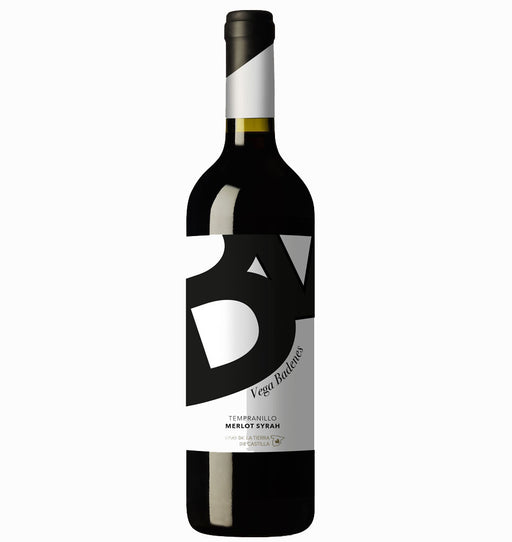 Sale
£9.60
Sale
£9.60Vega Badenes Tempranillo/Merlot/Syrah
Vega BadenesThis unique blend from Vega Badenes works extremely well and here they have produced a light red, full of red berry character that is an admirable ...
View full details -
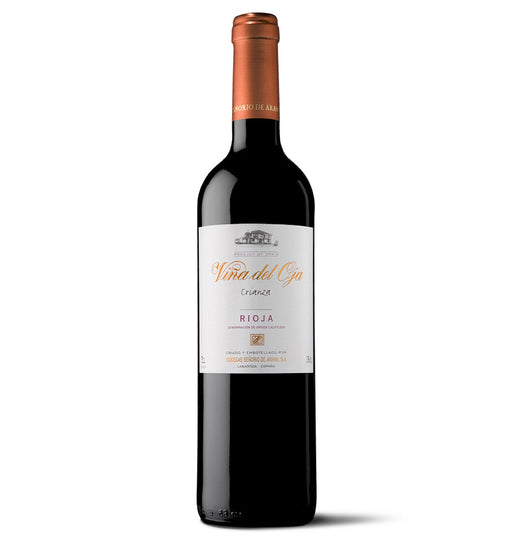 Sale
£12.70
Sale
£12.70Bodegas Señorío De Arana Viña Del Oja Rioja Crianza
Bodegas Señorío De AranaBodegas Senorio De Arana Vina Del Oja Rioja Crianza has a bright, ruby colour with a nose of ripe red fruits and hints of oak, touches of vanilla a...
View full details -
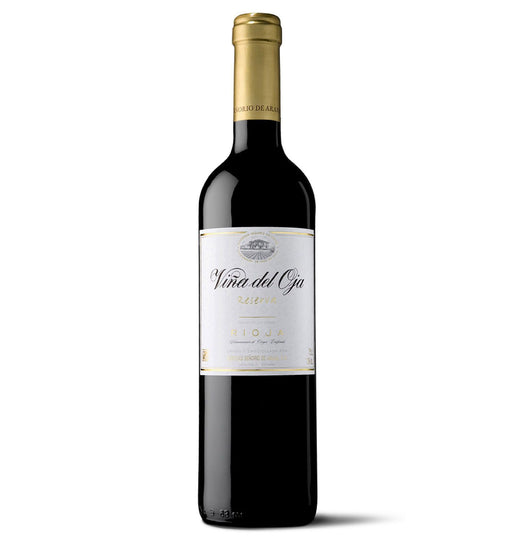 Sale
£14.93
Sale
£14.93Bodegas Señorío De Arana Viña Del Oja Rioja Reserva
Bodegas Señorío De AranaBodegas Senorio De Arana Vina Del Oja Rioja Reserva is a wine of bright cherry hue with complex aromas of berry fruit and vanilla oak. It is mouth-...
View full details -
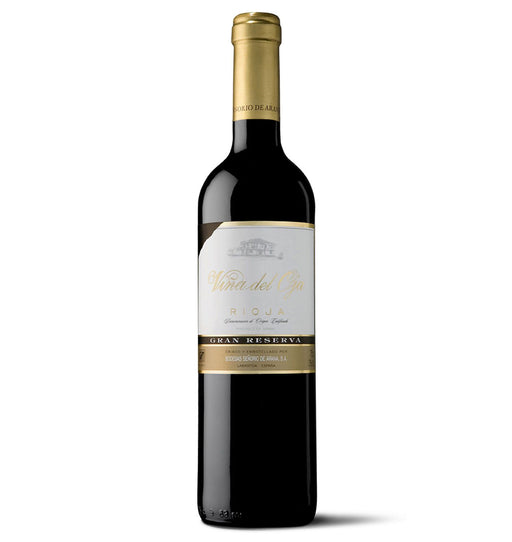 Sale
£21.34
Sale
£21.34Bodegas Señorío De Arana Viña Del Oja Rioja Gran Reserva
Bodegas Señorío De AranaBodegas Senorio De Arana Vina Del Oja Rioja Gran Reserva has a developed nose of dried red berries, a touch of vanilla, some gamey notes and a hint...
View full details -
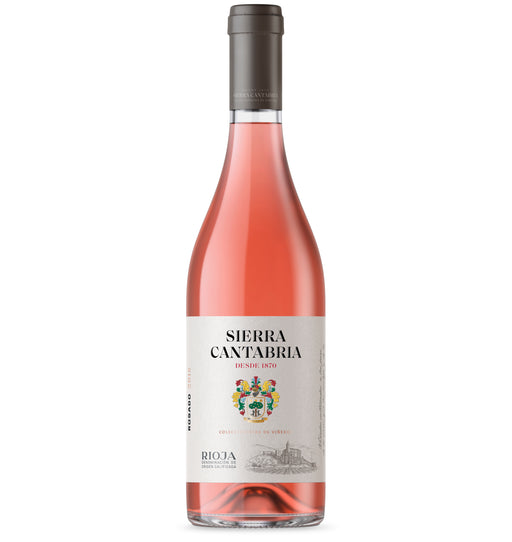 Sale
£13.84
Sale
£13.84Sierra Cantabria Rioja Rosado
Sierra CantabriaSierra Cantabria Rioja Rosado is light salmon pink with aromas of red berries, delicate and exotic aniseed notes and nuances of fresh fruit such as...
View full details -
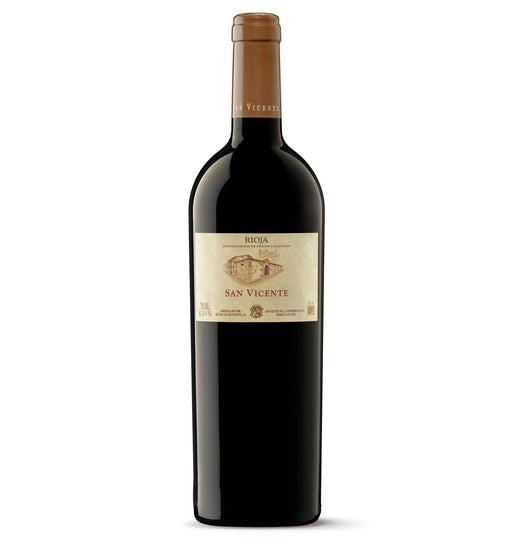 Sale
£42.34
Sale
£42.34Señorío De San Vicente Rioja San Vicente 2018
Señorío De San VicenteSenorio De San Vicente Rioja San Vicente 2018 has a promising nose of wood smoke, spices, lavender and blackberry fruit. Dense, rich and concentrat...
View full details -
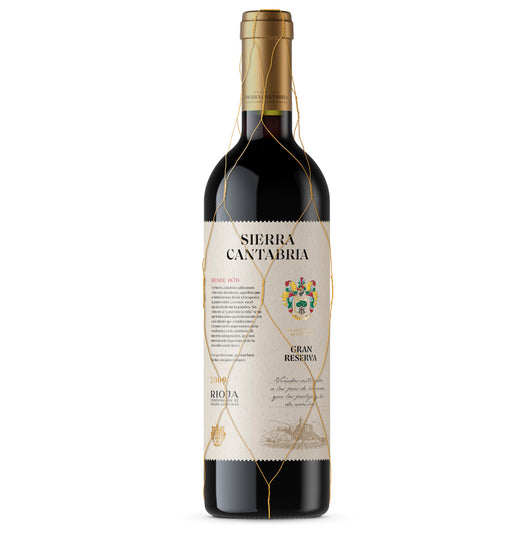 Sold out
£28.69
Sold out
£28.69Sierra Cantabria Rioja Gran Reserva
Sierra Cantabria"Aromas of sandalwood, Asian spices, incense, violets, mineral, and assorted black fruits lead to a masculine, burly wine with outstanding volume, ...
View full details -
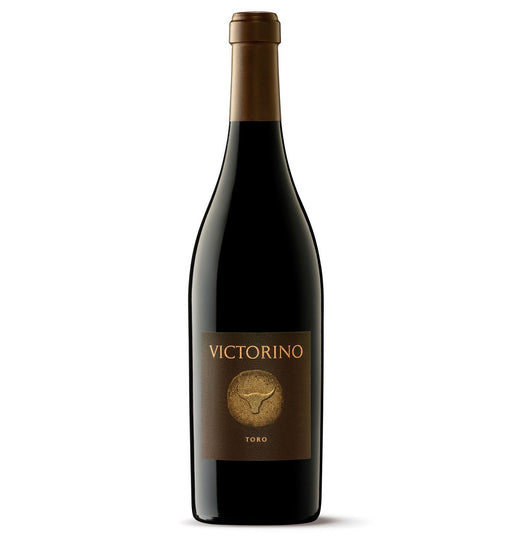 Sold out
£38.72
Sold out
£38.72Teso La Monja Victorino 2010
Teso La MonjaTeso La Monja Victorino 2010 is a black cherry red with a purple rim. An aromatic and intense nose, with myriad notes of wild black fruits (blueber...
View full details -
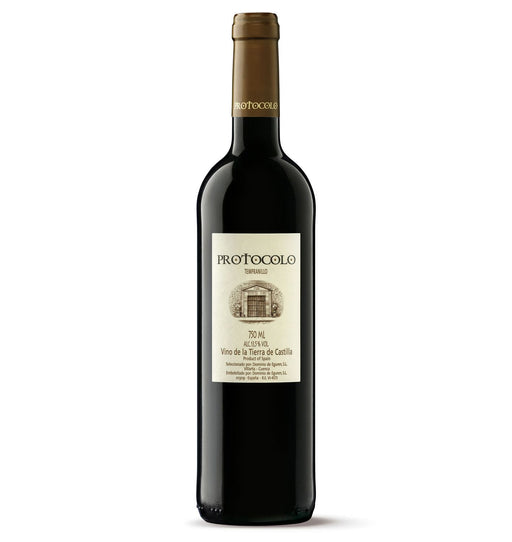 Sale
£10.44
Sale
£10.44Dominio De Eguren Protocolo Tinto
Sierra CantabriaDominio De Eguren Protocolo Tinto is a wine of great focus and depth yet with great charm and finesse. Plenty of spicy red berries on the nose, ver...
View full details -
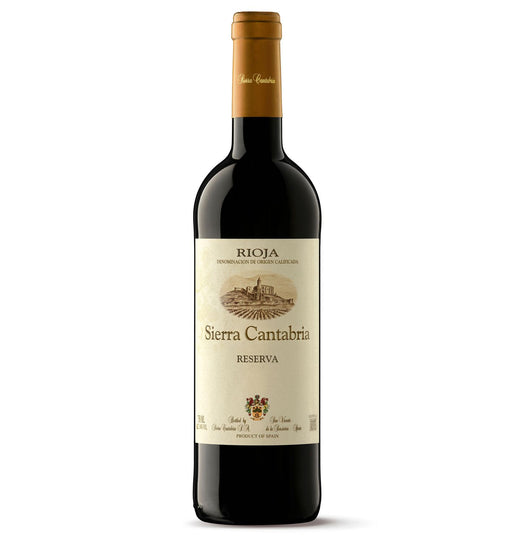 Sold out
£24.38
Sold out
£24.38Sierra Cantabria Rioja Reserva
Sierra CantabriaSierra Cantabria Rioja Reserva is bright purple with oak-spiced aromas of dark berries and cherry on the nose. Fleshy, sweet and broad, offering lu...
View full details -
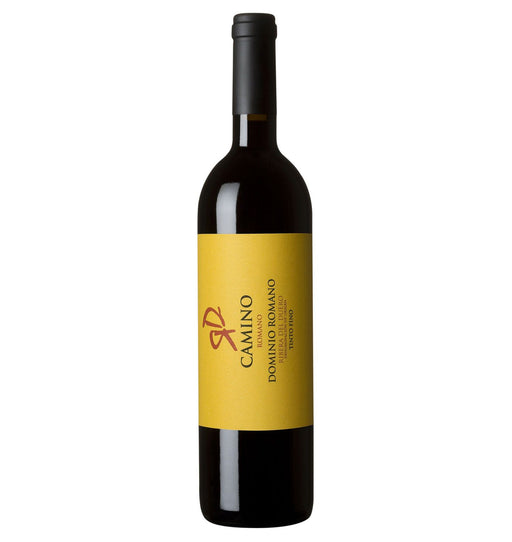 Sale
£19.08
Sale
£19.08Dominio Romano Camino Romano Ribera Del Duero
Dominio RomanoDominio Romano Camino Romano Ribera Del Duero is purple-red in colour and presents intense fruity aromas of red and black fruit confiture. On the p...
View full details -
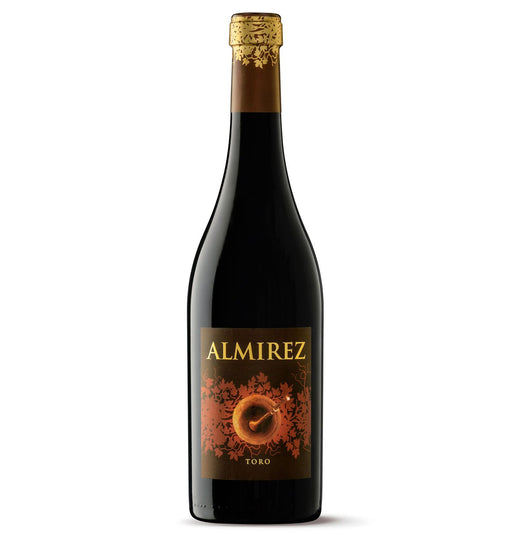 Sale
£24.33
Sale
£24.33Teso La Monja Almiréz 2019
Teso La MonjaThe 2019 Almirez was produced with grapes from their 41.7 hectares of vines that are 15 to 65 years old. The destemmed grapes were foot trodden and...
View full details -
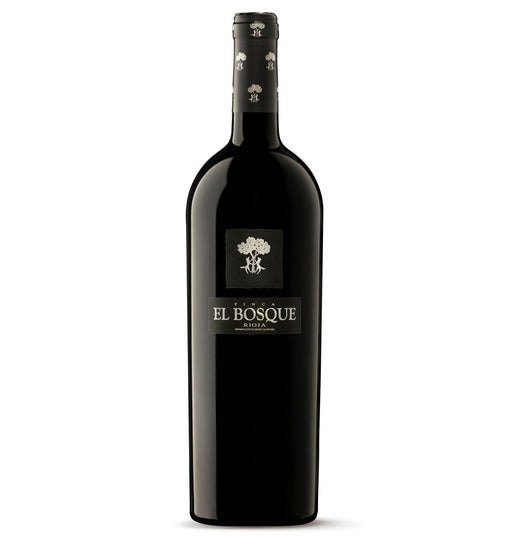 Sale
£110.17
Sale
£110.17Viñedos Sierra Cantabria Rioja Finca El Bosque 2018
Viñedos Sierra CantabriaVinedos Sierra Cantabria Rioja Finca El Bosque 2018 is a bruised blue/black colour, inky dark. Fine and complex on the nose, displaying floral note...
View full details -
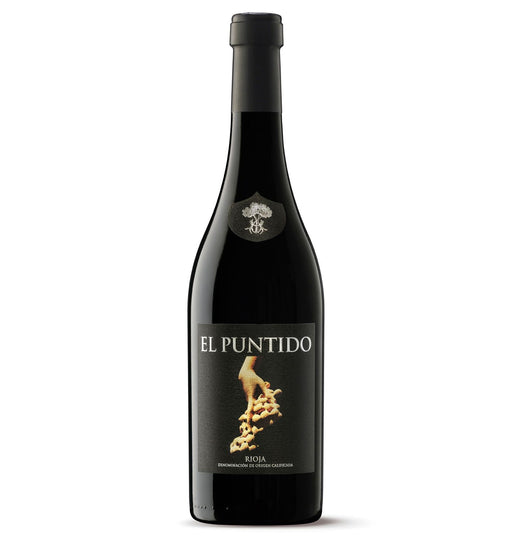 Sold out
£41.48
Sold out
£41.48Viñedos De Páganos Rioja El Puntido 2015
Viñedos De PáganosVinedos De Paganos Rioja El Puntido 2015 has intense aromas of black fruits with pencil shavings and toast, lead into a full and generous palate wi...
View full details -
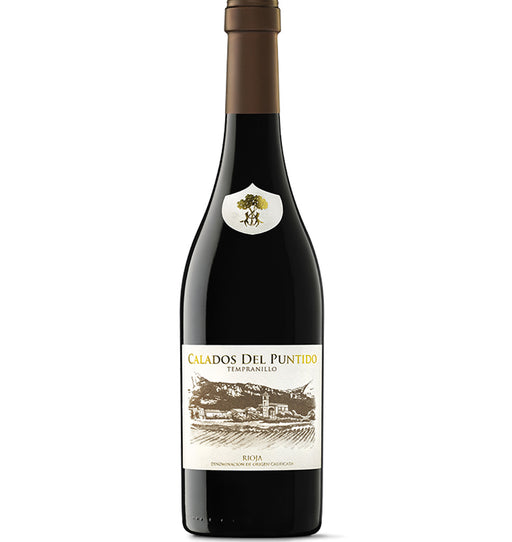 Sold out
£23.49
Sold out
£23.49Calados del Puntido - Vinedos de Paganos 2014
Sierra CantabriaThis stunning wine from the companiy's own 45 year old vineyards in Laguardia, Rioja Alavesa, is made from 100% Tempranillo grapes that have been h...
View full details















